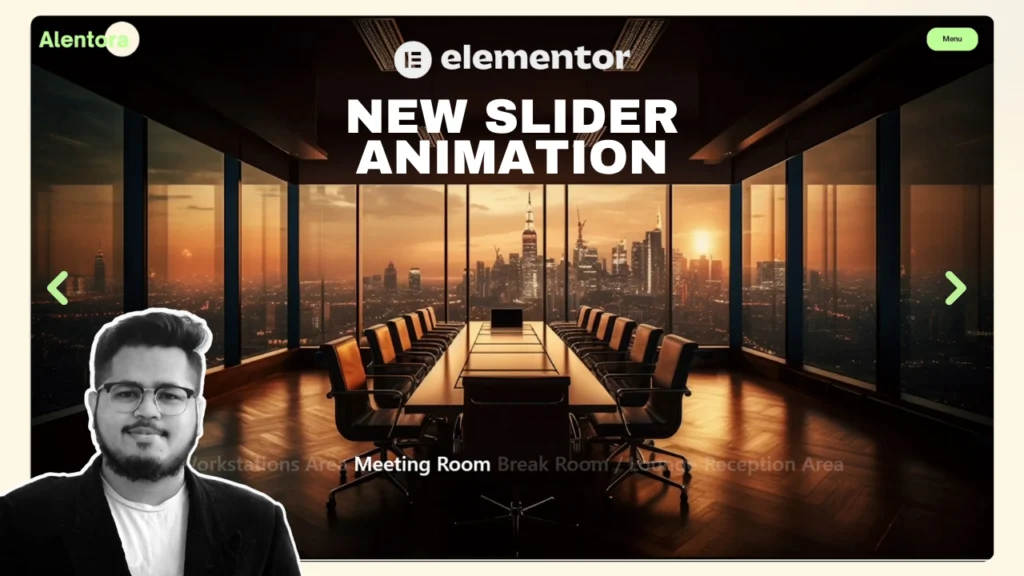<style>
[class^='mdw-curved-slider'],
[class*=' mdw-curved-slider']{
height: var(--min-height, 100vh);
}
[class^='mdw-curved-slider'] canvas,
[class*=' mdw-curved-slider'] canvas{
position: absolute;
top: 0;
left: 0;
}
</style>
<script src="https://cdnjs.cloudflare.com/ajax/libs/three.js/0.160.0/three.min.js"></script>
<script>
if(!MDWNonce111){
var MDWNonce111 = true
var selector = "[class^='mdw-curved-slider'], [class*=' mdw-curved-slider']",
scene = [],
renderer = [],
options = [],
time = [],
camera = [],
slideAmount = [],
currentContainerHeight = [],
previousContainerHeight = [],
planes = []
addEventListener('DOMContentLoaded', function(){
function getWidth(gap){ return 1 + gap/100 }
function getPlaneWidth(el, camera){
var vFov = camera.fov*Math.PI/180,
height = 2*Math.tan(vFov/2)*camera.position.z,
aspect = el.clientWidth/el.clientHeight,
width = height*aspect
return el.clientWidth/width
}
function init(e = 'none'){
Array.from(document.querySelectorAll(selector)).forEach(function(el, index){
if( e == 'none' ){
currentContainerHeight[index] = previousContainerHeight[index] = el.clientHeight
}else{
currentContainerHeight[index] = el.clientHeight
if( mobileHeightChage && currentContainerHeight[index] == previousContainerHeight[index] ) return
}
previousContainerHeight[index] = currentContainerHeight[index]
var className = el.getAttribute('class'),
classNameIndex = className.indexOf('mdw-curved-slider'),
shortClass = className.substring(classNameIndex, className.indexOf(' ',classNameIndex)),
values = shortClass.split('-')
options[index] = {
speed: 30,
gap: 10,
curve: 12,
direction: -1
}
values.forEach(function(value, i){
if(value=='speed' && values[i+1] && !isNaN(values[i+1])){
options[index].speed = values[i+1] }
if(value=='gap' && values[i+1] && !isNaN(values[i+1])){
options[index].gap = values[i+1] }
if(value=='curve' && values[i+1] && !isNaN(values[i+1])){
options[index].curve = values[i+1] }
if(value=='reverse'){ options[index].direction = 1 }
})
var images = [],
allImages = []
time[index] = 0
Array.from(el.querySelectorAll('.elementor-widget-image-gallery .gallery-item')).forEach(function(el, index){
images.push(el.querySelector('img').getAttribute('src'))
})
allImages = images
slideAmount[index] = images.length
scene[index] = new THREE.Scene()
camera[index] = new THREE.PerspectiveCamera( 75, el.clientWidth / el.clientHeight, 0.1, 20 )
camera[index].position.z = 2
renderer[index] = new THREE.WebGLRenderer({ alpha: true, antialias: true })
renderer[index].setSize(el.clientWidth, el.clientHeight)
renderer[index].setPixelRatio(window.devicePixelRatio)
var previousCanvas = el.querySelector('canvas')
if(previousCanvas) { el.removeChild(previousCanvas) }
el.appendChild(renderer[index].domElement)
var geometry = new THREE.PlaneGeometry(1, 1, 20, 20),
planeSpace = getPlaneWidth(el,camera[index])*getWidth(options[index].gap),
ratio = Math.ceil(el.clientWidth/(planeSpace*images.length)),
totalImage = Math.ceil(el.clientWidth/planeSpace) + 1 + images.length,
initialOffset = Math.ceil(el.clientWidth/(2*planeSpace)-0.5)
for( var i = slideAmount[index]; i < totalImage; i++ ){
allImages.push(images[i%slideAmount[index]])
}
planes[index] = []
allImages.forEach(function (image, i) {
var loader = new THREE.TextureLoader()
loader.load(
image,
function ( texture ) {
var material = new THREE.ShaderMaterial({
uniforms: {
tex: { value: texture },
curve: { value: options[index].curve }
},
vertexShader: `
uniform float curve;
varying vec2 vertexUV;
void main(){
vertexUV = uv;
vec3 newPosition = position;
float distanceFromCenter = abs(modelMatrix*vec4(position, 1.0)).x;
newPosition.y *= 1.0 + (curve/100.0)*pow(distanceFromCenter,2.0);
gl_Position = projectionMatrix * modelViewMatrix * vec4(newPosition, 1.0);
}
`,
fragmentShader: `
uniform sampler2D tex;
varying vec2 vertexUV;
void main(){
gl_FragColor = texture2D(tex, vertexUV);
}
`
})
planes[index][i] = new THREE.Mesh( geometry, material )
planes[index][i].position.x = -1*options[index].direction*(i-initialOffset)*getWidth(options[index].gap)
scene[index].add( planes[index][i] )
}
)
})
})
}
init()
var currentWidth,
previousWidth = window.innerWidth,
mobileHeightChage = false
function onResize(){
currentWidth = window.innerWidth
mobileHeightChage = currentWidth < 768 && currentWidth == previousWidth
init('resize')
previousWidth = currentWidth
}
window.addEventListener('resize', function(){
onResize()
setTimeout(onResize, 100)
})
var previousTime = 0
function animate(currentTime){
var timePassed = currentTime - previousTime
Array.from(document.querySelectorAll(selector)).forEach(function(el, index){
if(Math.abs(scene[index].position.x) >= getWidth(options[index].gap)*slideAmount[index]){ time[index] = 0 }
time[index] += options[index].direction*timePassed*0.00001
scene[index].position.x = time[index]*options[index].speed
renderer[index].render(scene[index], camera[index])
})
previousTime = currentTime
requestAnimationFrame(animate)
}
requestAnimationFrame(animate)
})
}
</script>







